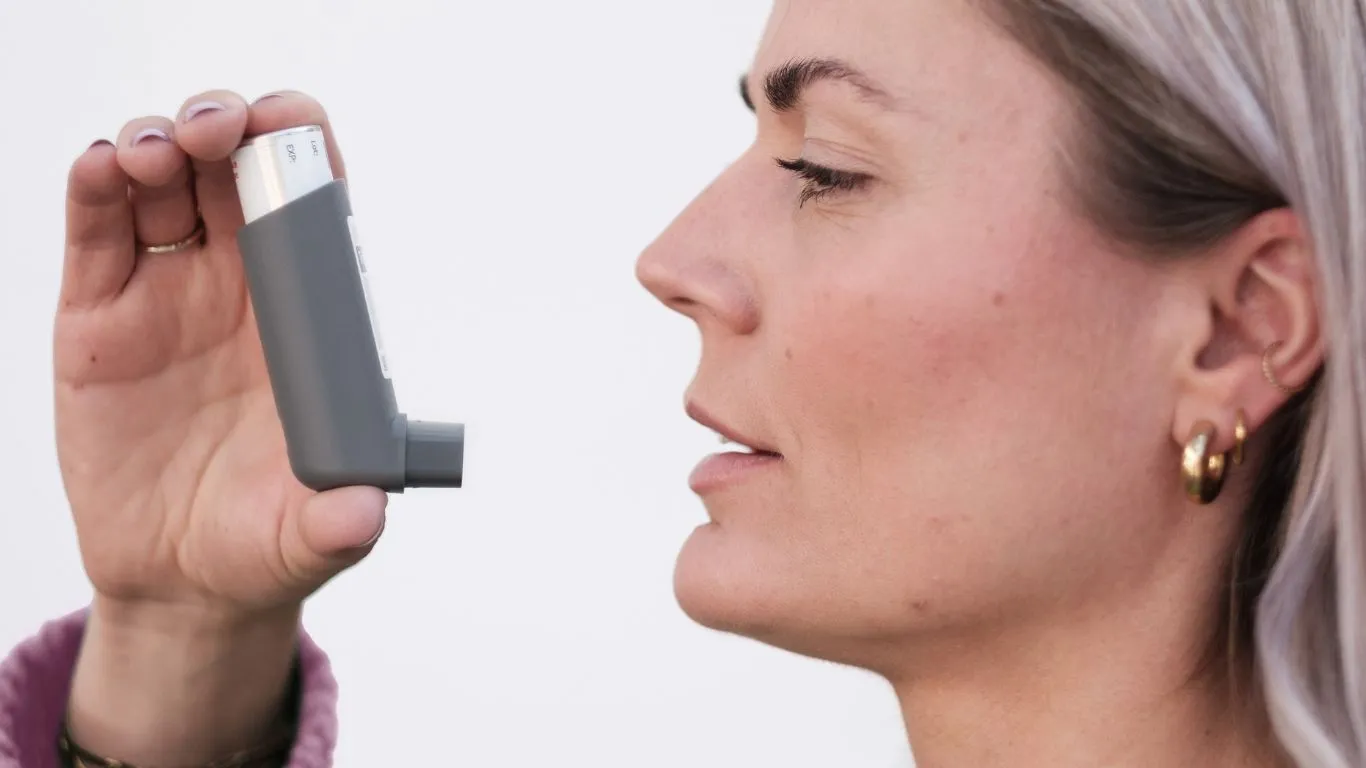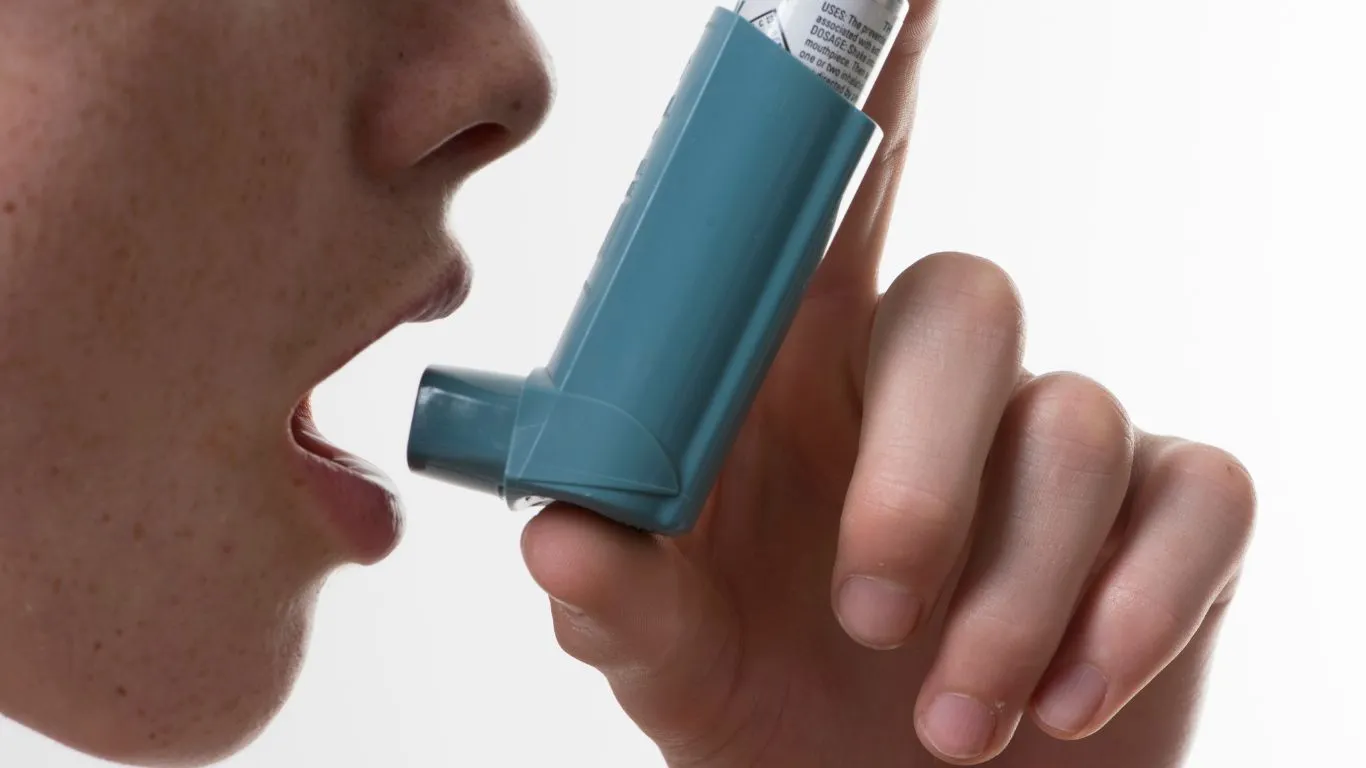Breathe Easier: How Altitude Changes Can Worsen Asthma
If there’s one thing I’ve learned over the years working as a pulmonary nurse practitioner, it’s that asthma doesn’t play fair—and it definitely doesn’t take vacations. One of the trickiest things to manage with asthma is how unpredictable it can be, especially when you throw altitude into the mix. Whether you’re flying to Denver for a conference or hiking through the Rockies on a family trip, knowing how altitude changes impact asthma can make the difference between a good time and a trip to the ER. I’ve seen patients do just fine at sea level, only to have a major flare-up in higher elevations. It’s not something many people think about until they’re gasping for air mid-hike—or mid-flight.
Altitude and Asthma: What’s the Connection?

So what’s really going on here? When you go higher up—say, above 5,000 feet—the air gets thinner. That means there’s less oxygen available with every breath you take. For someone with healthy lungs, it might just feel like you’re a little out of breath on your morning jog. But for someone with asthma? That thinner air can be a game changer.
What I often explain to my patients is that at higher altitudes, not only is there less oxygen, but the air also tends to be drier and colder. And those conditions? Total triggers for asthma symptoms. Dry air irritates the airways, cold air can cause them to constrict, and the reduced oxygen levels make your lungs work harder. It’s like a triple whammy for asthmatics.
Why Some Asthmatics Feel Better at High Altitudes
Believe it or not, some of my patients actually tell me their asthma improves when they’re in higher altitudes, which might sound completely backwards. But there’s a reason for that too. Dust mites and mold—two common asthma triggers—don’t thrive as well in dry, high-altitude environments. So if those allergens are major culprits in your asthma, you might actually feel some relief up in the mountains.
But let me be clear: just because symptoms feel better doesn’t mean your lungs aren’t under stress. I’ve seen patients feel “great” until they push themselves too hard or skip their meds because they feel fine. Then boom—tight chest, wheezing, and a panicked call to urgent care.
Common Symptoms That Can Worsen With Altitude

When you’re adjusting to altitude, especially for the first time, it’s important to watch for subtle signs that your asthma isn’t happy. Here’s what I usually tell my patients to look out for:
- Increased shortness of breath even with mild activity
- Chest tightness or discomfort
- More frequent wheezing
- Dry cough that lingers, especially at night
- Lower peak flow readings if you’re tracking at home
Sometimes it’s not just the lungs either. Altitude sickness can sneak in with symptoms like headaches, nausea, and fatigue, which can all compound asthma struggles. I’ve had patients brush off these signs until they end up really struggling—and trust me, treating altitude-aggravated asthma isn’t as simple as upping your rescue inhaler dose.
My Go-To Advice Before You Travel Upwards
Before you book that ski trip or mountain getaway, there are a few things I always recommend:
- See your provider – Make sure your asthma action plan is up to date and tailored for high-altitude travel.
- Pack smart – Always carry a rescue inhaler, even if you haven’t needed it in months. Bring a spacer, too.
- Stay hydrated – High altitudes can dehydrate you fast, and dry air plus dehydration = unhappy airways.
- Take it slow – Don’t go from zero to hiking 10,000 feet. Let your body acclimate.
And a big one? Don’t ignore mild symptoms. I’ve had so many patients tough it out thinking they’re just “out of shape.” If your body is telling you it’s having a hard time breathing—listen to it.
When High Altitude and Air Travel Mix

Here’s another scenario I’ve encountered with patients: you’re flying to a city that’s already at elevation—like Salt Lake City or Bogotá. Planes themselves are pressurized, but not quite to sea level, usually to about 6,000–8,000 feet. That means even during the flight, you’re technically experiencing a high-altitude environment. For asthmatics, this can trigger symptoms mid-flight, especially if you’re already congested or recovering from a recent illness.
One of my patients, a frequent business traveler, told me she used to think her mid-flight wheezing was just anxiety—until we realized it was altitude-induced bronchospasm. Now, she pre-medicates with her bronchodilator before boarding and hasn’t had an episode since.
Tips for Managing Asthma at High Altitudes

Over the years, I’ve helped so many patients prep for altitude changes—everything from mountain vacations to relocations. The truth is, how altitude changes impact asthma can vary person to person, but there are some solid strategies that almost always help.
First off, don’t wait until you’re already struggling to start planning. Whether you’re traveling or moving to a new place, early preparation makes all the difference. I always tell my patients: “Plan for the worst, hope for the best.”
1. Adjust Your Medication Plan
Your regular asthma treatment might need a little tweak at higher altitudes. For some patients, especially those with moderate to severe asthma, I recommend increasing their controller medication temporarily during travel. That might mean using inhaled corticosteroids more consistently or starting a long-acting bronchodilator a few days before going up in elevation.
Don’t do this without talking to your provider, though. Everyone’s asthma is different, and what works for one person might not for another. I once had a patient self-adjust his meds on a ski trip—he skipped his daily inhaler because he “felt fine.” Guess who spent the night in the ER with an asthma flare-up?
2. Keep an Eye on the Weather
Altitude isn’t the only variable—you’ve got to watch the forecast too. Sudden temperature drops, dry winds, or a snowstorm can all aggravate symptoms. I’ve had patients plan summer hikes in Colorado only to be surprised by 40-degree mornings and super dry air that left their lungs feeling like sandpaper.
Pro tip? Layer your clothing and wear a scarf or mask over your mouth when it’s cold. That helps warm and humidify the air before it hits your lungs, which can prevent that tightening, burning feeling in the chest.
Asthma and Altitude: Kids vs. Adults

One thing parents often ask me is whether kids with asthma have a harder time at altitude than adults. Honestly? It depends—but in my experience, children can be more sensitive to altitude changes simply because their airways are smaller, and they may not always communicate early signs of distress.
I’ve seen little ones go from playful to panicky in a matter of hours because no one realized their asthma was flaring up. Kids may not say “I can’t breathe,” but they’ll slow down, get cranky, or start coughing more—those are red flags I tell parents to watch for.
For families traveling with asthmatic children, I always recommend:
- Bringing a peak flow meter and tracking morning and evening readings
- Using a spacer with inhalers for better medication delivery
- Keeping a written asthma action plan on hand
- Talking to school nurses or camp leaders if it’s a group trip
It’s all about staying one step ahead. A little extra effort before you go can save you from scary moments later.
What Happens When You Stay Long-Term at Higher Elevations?

Here’s a question I get a lot from folks relocating for work or retirement: “Will my asthma get worse if I move to a high-altitude area?” Honestly, it’s not a one-size-fits-all answer. Some patients adjust beautifully over time. Others really struggle and need to revise their entire asthma management plan.
Living long-term at altitude means your body will start adapting to lower oxygen levels. You’ll likely produce more red blood cells and maybe even increase your lung efficiency a bit. But here’s the catch—if your asthma is triggered by dry air, cold, or exercise, the daily challenges can really wear you down if you’re not prepared.
I had a patient who moved from San Diego to Taos, New Mexico. Within the first two months, she had three ER visits. But after we adjusted her meds, added a humidifier, and had her use a daily nasal saline rinse, her symptoms dramatically improved. It’s all about personalized care and knowing what to expect.
What I Recommend for Long-Term High Altitude Living
- Use a humidifier – Keeps indoor air from getting desert-dry, especially in winter.
- Do regular check-ins with a pulmonologist—especially if symptoms change.
- Track your triggers – You might find new ones at altitude that weren’t an issue before.
- Prioritize lung health – Regular aerobic activity can help, but ease into it slowly.
And don’t be afraid to advocate for yourself. If you’re feeling off, even slightly, check in with a specialist. I always tell patients, “You know your lungs better than anyone.” If something feels wrong, it probably is.
How to Know If Altitude Is Affecting Your Asthma

So, you’ve made the trip—or maybe the big move—and you’re wondering: is it the altitude, or is my asthma just acting up for no reason again? Honestly, it can be hard to tell at first. But over the years, I’ve learned to trust patterns. And I always tell my patients the same thing: start tracking everything.
When I say “everything,” I mean it:
- How often you’re using your rescue inhaler
- Whether you’re waking up at night coughing or wheezing
- Changes in your peak flow numbers (if you’re using a meter)
- Physical symptoms—fatigue, shortness of breath, tight chest
If you’re noticing these issues are popping up more at higher elevations but not so much at home, that’s a pretty good clue that altitude is playing a role in your asthma control.
One of my patients, a trail runner, started noticing that even low-elevation runs felt fine, but anything over 6,000 feet triggered coughing and wheezing. Once we recognized that pattern, we were able to prep ahead of high-altitude races with meds and pacing strategies that kept him out of the red zone.
Journaling Your Symptoms Can Help
It might feel a little old-school, but keeping a symptom journal (or using a tracking app) is a game-changer. Note the date, time, location, weather, activity, and how you felt. That kind of info gives your provider real data to work with and helps tailor your asthma care plan more effectively.
When to Seek Medical Help at High Altitudes

Here’s the honest truth I share with every patient: don’t try to tough it out if your asthma feels worse at altitude. I’ve seen too many close calls that could’ve been prevented with a quick check-in or early intervention. If you’re experiencing any of the following, it’s time to get help—fast:
- Persistent chest tightness or pain
- Shortness of breath at rest
- No relief from your rescue inhaler
- Blue lips or fingernails (a sign of low oxygen)
- Waking up gasping for air
These aren’t just “inconveniences”—they’re warning signs that your lungs are struggling. Whether you’re on vacation or newly settled into a mountain town, don’t gamble with your health. As a pulmonary NP, I’d rather you call me for something minor than wait until it becomes something major.
Living Your Life Without Fear (Even at Altitude)
Here’s the good news—altitude doesn’t have to stop you from living a full, adventurous life. I’ve had patients climb mountains, ski black diamonds, hike national parks, and move to mile-high cities… all with well-controlled asthma.
The key is respecting your body and planning ahead. You wouldn’t head into a snowstorm without a coat—so don’t go into altitude without a solid asthma strategy. That includes staying on top of meds, packing your inhalers (and backups), and communicating with your healthcare team before and during your trip.
If there’s one thing I’ve learned both personally and professionally, it’s that preparation is everything. When you understand how altitude changes impact asthma, you can make smart, informed choices that help you breathe easier—literally and figuratively.
References
- Asthma and Allergy Foundation of America
- American Lung Association
- Centers for Disease Control and Prevention
- American Gastroenterological Association (for altitude-related digestive symptoms)
- PubMed – National Library of Medicine
Disclaimer
This article is intended for educational and informational purposes only and does not substitute professional medical advice. Please consult your healthcare provider or a pulmonary specialist before making any changes to your asthma treatment plan, especially in preparation for travel or relocation to high-altitude environments.

Bianca Nala is a compassionate Nurse Practitioner with a strong background in primary and respiratory care. As a health writer for Healthusias.com, she combines her clinical expertise with a talent for clear, relatable storytelling to help readers better understand their health. Bianca focuses on topics like asthma, COPD, chronic cough, and overall lung health, aiming to simplify complex medical topics without losing accuracy. Whether she’s treating patients or writing articles, Bianca is driven by a single goal: making quality healthcare knowledge accessible to everyone.






